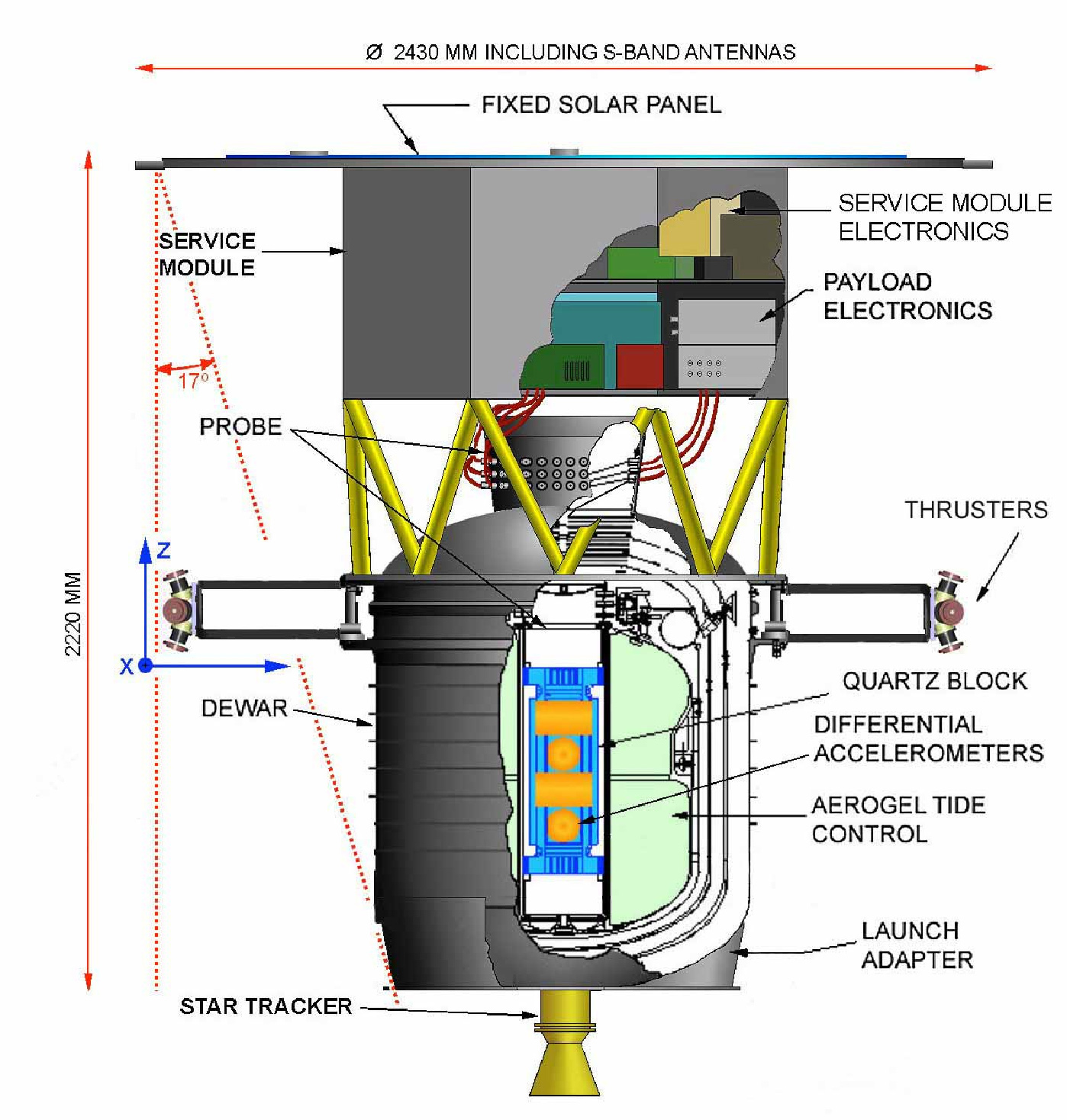|
The Satellite Test of the Equivalence Principle (STEP) is a US-European joint program to test one of the most fundamental ideas in all of physics, the equivalence of gravitational and inertial mass. When two bodies fall in a uniform gravitational field free of other forces their measured accelerations are identical regardless of composition. This Universality of Free Fall, a consequence of the Equivalence Principle, discovered by Galileo and popularized in his famous Tower of Pisa experiment has had a continuously unfolding importance in physics, marking off gravity from all other forces in Nature. For other forces mass has only one function, as the measure of inertia. For gravity it also fulfills a second function, as a source of acceleration.. If magnetism had been the driving force in Galileo 's experiment, a glass or stone ball would certainly not have fallen with the same acceleration as an iron ball. Newton, who first made this crucial point, distinguished two quantities that prove to be 'equivalent' in gravitation, the 'weight' of a body and the 'quantity of matter' in it, or as we would say, its gravitational mass mg and inertial mass mi . The Equivalence Principle asserts that the ratio mg / mi is identical for all bodies. The Equivalence Principle is the founding assumption of Einstein 's theory of gravitation, General Relativity. There are good reasons from current models for a unified quantum theory of matter and fields for believing that at levels below the present limits of testing this invariant may break down. STEP will advance the testing of the Equivalence Principle from several parts in 1013 to 1 part in 1018. Whether it confirms Equivalence five to six orders of magnitude more precisely than known today or discovers a violation, it will be a landmark experiment in Fundamental Physics, with consequences extending from gravitation theory to cosmology to theories of the evolution of the Universe. It will probe a large and otherwise inaccessible domain in the parameter space of new interactions. A null result would remain for many years a severe constraint on new theories. A positive result would constitute the discovery of a new force of Nature. STEP will compare the accelerations of four pairs of test masses in orbit. The free-floating test masses will be isolated from disturbances inside a cryogenic dewar with superconducting shielding and ultra-high vacuum, and their accelerations will be measured by a superconducting circuit using a quantum interference device (SQUID) for the best sensitivity. The dewar is part of a "drag-free" satellite, i.e. a satellite compensated for drag by proportional thrusters, using the test masses as reference. This technique reduces low-frequency acceleration disturbances from air drag, magnetic field, and solar pressure to an acceptable level. Gravity gradient disturbances are eliminated by precise placement of the mass centers on each other. The mission will be flown in a near-circular sun-synchronous orbit, to minimize temperature variations, for a period of six months. The best altitude is approximately 550 km. Research on the STEP accelerometers began in 1971 at Stanford University, and has been supported since 1977 with NASA funding. STEP has been studied twice by ESA at the Phase-A level and has led two other space agencies (CNES and ASI) to study projects aimed at testing the Equivalence Principle in space. STEP is currently undergoing a Phase A study for NASA's office of Space Science Small Explorer program. Professor Francis Everitt and Dr. Paul Worden lead the STEP collaboration at Stanford with collaborating institutions including JPL, ESTEC Netherlands, University of Birmingham, UK, University of Strathclyde, UK, Imperial College, UK, Rutherford Appleton Laboratory, UK, ZARM University of Bremen, Germany, PTB Braunschweig, Germany, Friedrich Schiller University Jena, Germany, ONERA, France, and the University of Trento, Italy.
[STEP Satellite Concept] |
